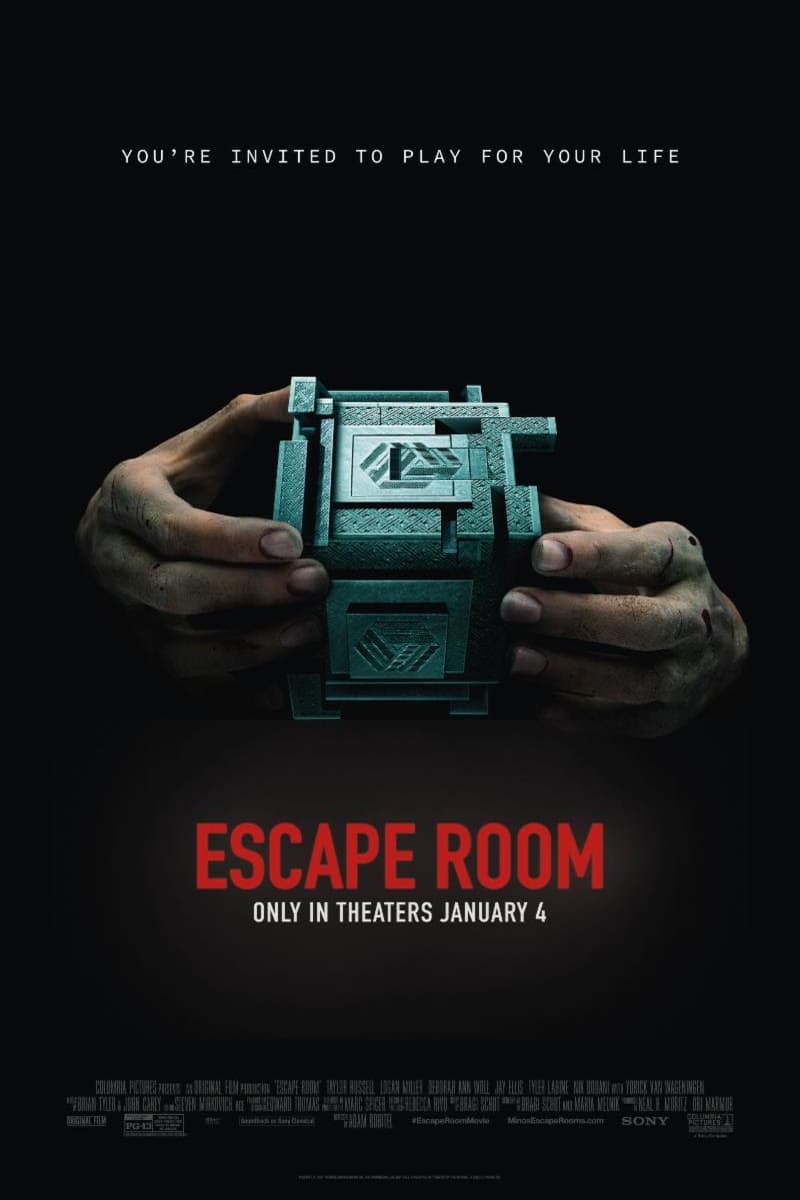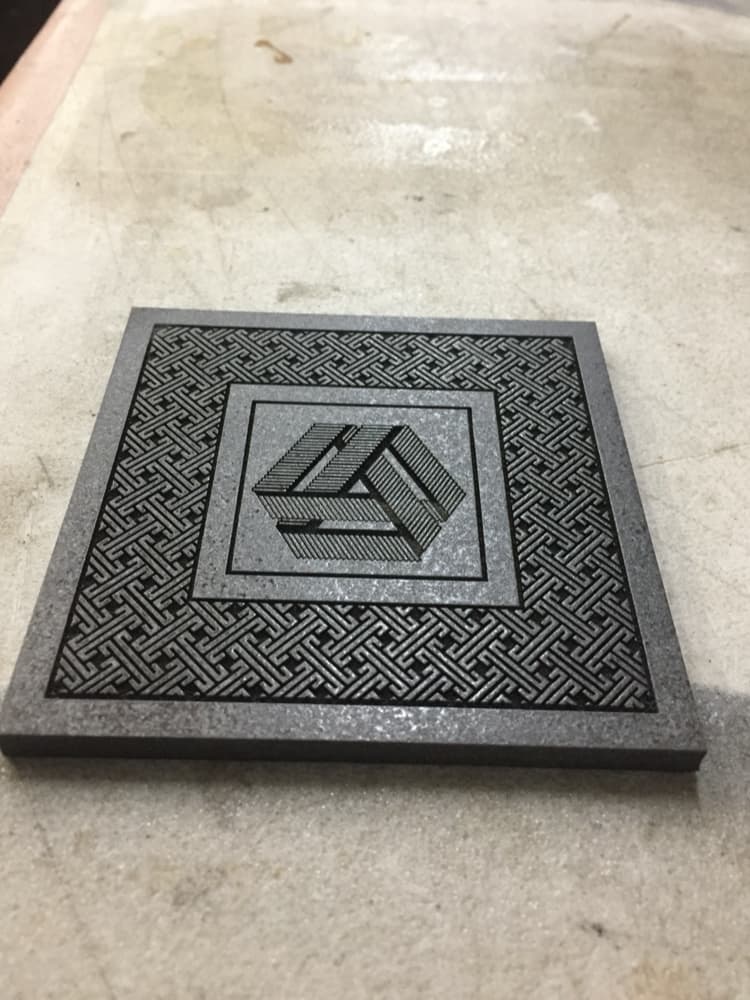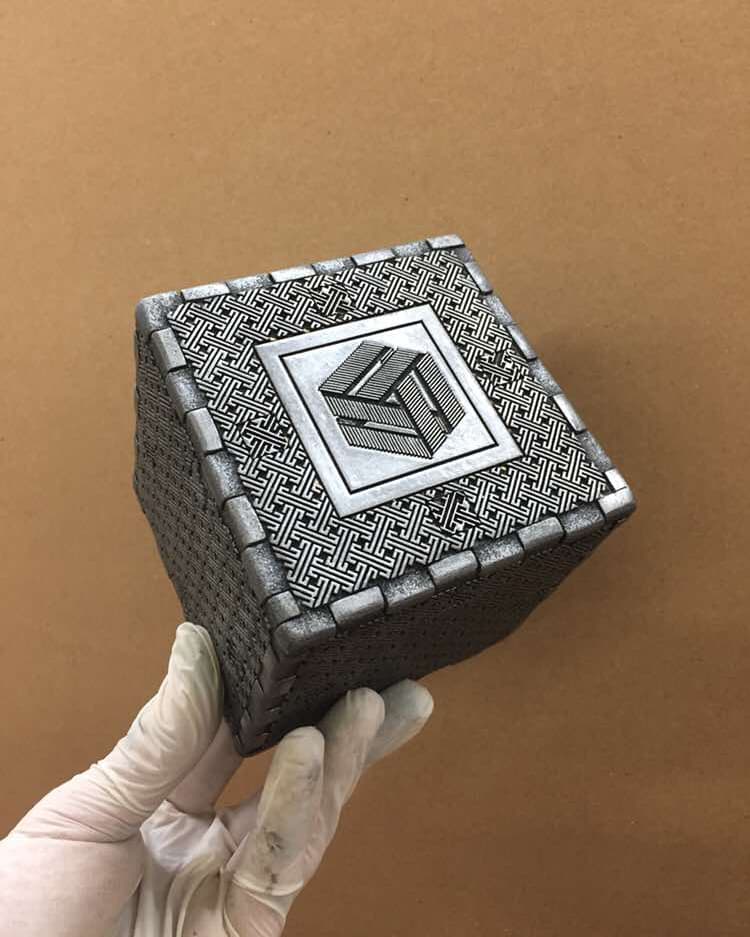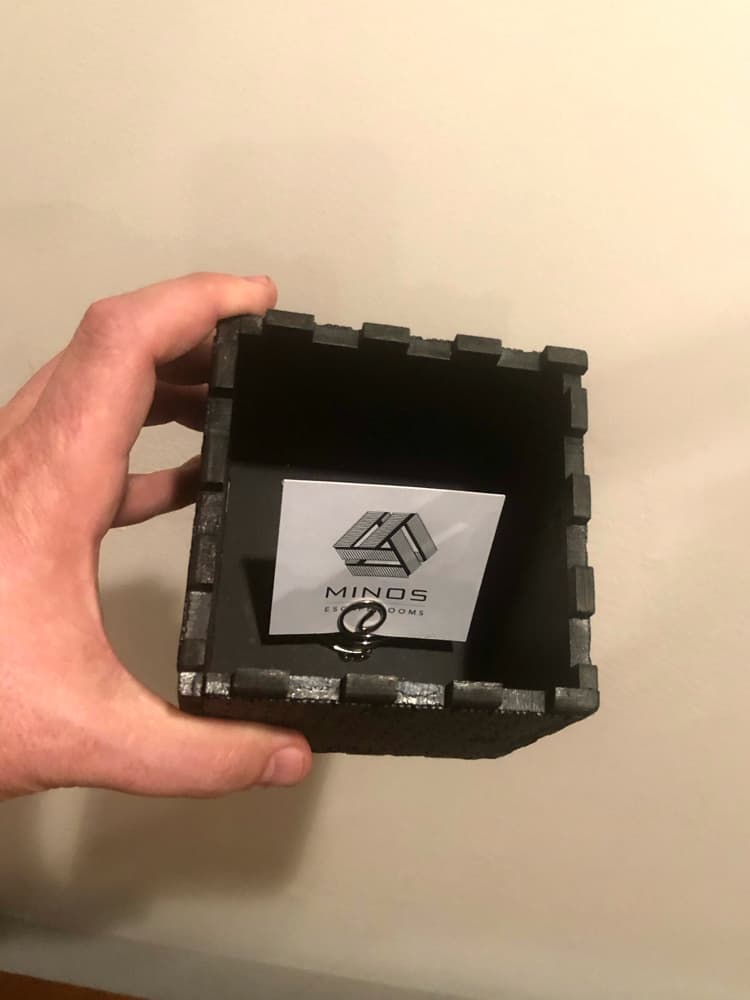Escape Room / Sony Pictures
Multi-platform Immersive Campaign
Sony's psychological horror film Escape Room (now a franchise with a sequel scheduled for release in 2021) featured a group of characters trapped in a sequence of puzzle rooms that are devised to be deadly traps.
The team at Sony and our friends at Stradella Road hoped to create a multi-faceted, immersive campaign capturing the fun and excitement of escape room dynamics while also bridging the digital and real worlds.
To help build the excitement and visibility of the campaign, a million dollar sweepstakes contest was planned, first challenging audiences to escape from a series of digital puzzle rooms, and then inviting a select few to Los Angeles to escape from a real-world escape room for a truly cross-reality adventure.
The Puzzle Cube
A key prop from the film, the Puzzle Cube was featured in the initial poster art and is received by each of the main characters at the beginning of the film. The cube would prove to be a focal point for the first few executions in the campaign.

In-World Teaser
Our first deliverable for the project was an in-world teaser site for the "Minos" corporation, the fictional company behind the construction of the lethal puzzle rooms in the film.
The site featured a 3D version of the cube and a sliding puzzle made more challenging by a countdown clock.
Influencer Box
Sony hoped to send a real version of the Puzzle Box to influencers as part of the sweepstakes announcement and to really bring the film to life.
Armed with designs and a model of the cube from the film's production, we reached out to a local fabrication team and created a simplified version of the fiendish puzzle box, with magnetic top that opened and closed, but only if the recipient discovered a slide pin hidden in the box's laser-engraved exterior design.



We provided one of the trick puzzle boxes, along with a some idea starters for possible skits, to popular internet personality King Bach, whom Sony had tapped to produce Instagram content to promote the film and sweepstakes. His team ran with it and word about the sweepstakes was out!
The Million Dollar Challenge
The vision for the Million Dollar Challenge was to create three simple escape rooms based on actual traps from the film. Using 360° panorama photos captured on set during production, we made composite 360° spherical projections of each environment.
Each room was brought to life with details from the actual film, reinforced with multiple videos and transition clips showing the characters undergoing the same trials.
On correctly solving the final room, users were congratulated and sent on to the sweepstakes entry for their chance to win.
Hundreds of thousands of fans entered, with three lucky winners flown to LA for a chance to win the million dollars and a trip to the premiere. Earned media went through the roof, delivering several million incremental impressions.
XR and Immersive Advertising
To emphasize and draw further attention to both the film and the unique sweepstakes campaign, we developed a series of immersive executions to capture audience imaginations across the internet.
Omnivirt Display Media
Omnivirt has since been acquired by Facebook, but at the time of Escape Room's release, they were a premiere provider of immersive display media and we eagerly recommended their solution to the team at Sony.
It allowed us to re-use the 360° environments we had already constructed for the challenge site, and to create thumb-stopping displays ads that brought the 3D rooms to life as audiences scrolled.
When they clicked to learn more, the entire ad opened into an immersive 360° simulation, evoking the sweepstakes challenge site itself. We even used Omnivirt's system to link multiple such rooms together, allowing users to "escape" from one immersive ad unit to another.
The performance of these immersive ad units was eye-opening to say the least, wildly outperforming the click-through rate of traditional rich media display advertising by a factor of over 40 times.
Facebook 3D Posts
Facebook's 3D photo support was unveiled just a few months before Escape Room's release. Initially intended for use in conjunction with Apple phones that captured depth information alongside color images, the 3D photos brought scenes to life with parallaxed movement, creating the illusion of looking through a window into a real scene as users came across it on their feeds.
While we couldn't take a 3D photo of the film's key art, we understood the principles behind the functionality and realized we could achieve the same effect by hand-creating our own custom depth map, creating an arresting piece of social collateral that Sony used to great effect on Facebook.
Instagram and Facebook AR Effect
To pair with and reinforce the striking image from the "puzzle face" Escape Room key art in the run up to release, we created a lens that applied the same bizarre and compelling effect to user's faces.
Social Media
In addition to the innovative, immersive ad placements, we designed and produced a number of social graphics and videos in support of the film campaign, featuring high-impact visuals to stop thumbs and arrest audience attention.
Results
Backed by strong marketing, the film blew away industry expectations at the box office, debuting at #2 just behind superhero blockbuster Aquaman. Earning double its production budget in just the first weekend, the film's success paved the way for an anticipated sequel already in post-production at the time of this writing.
You can try out the archived experience here.